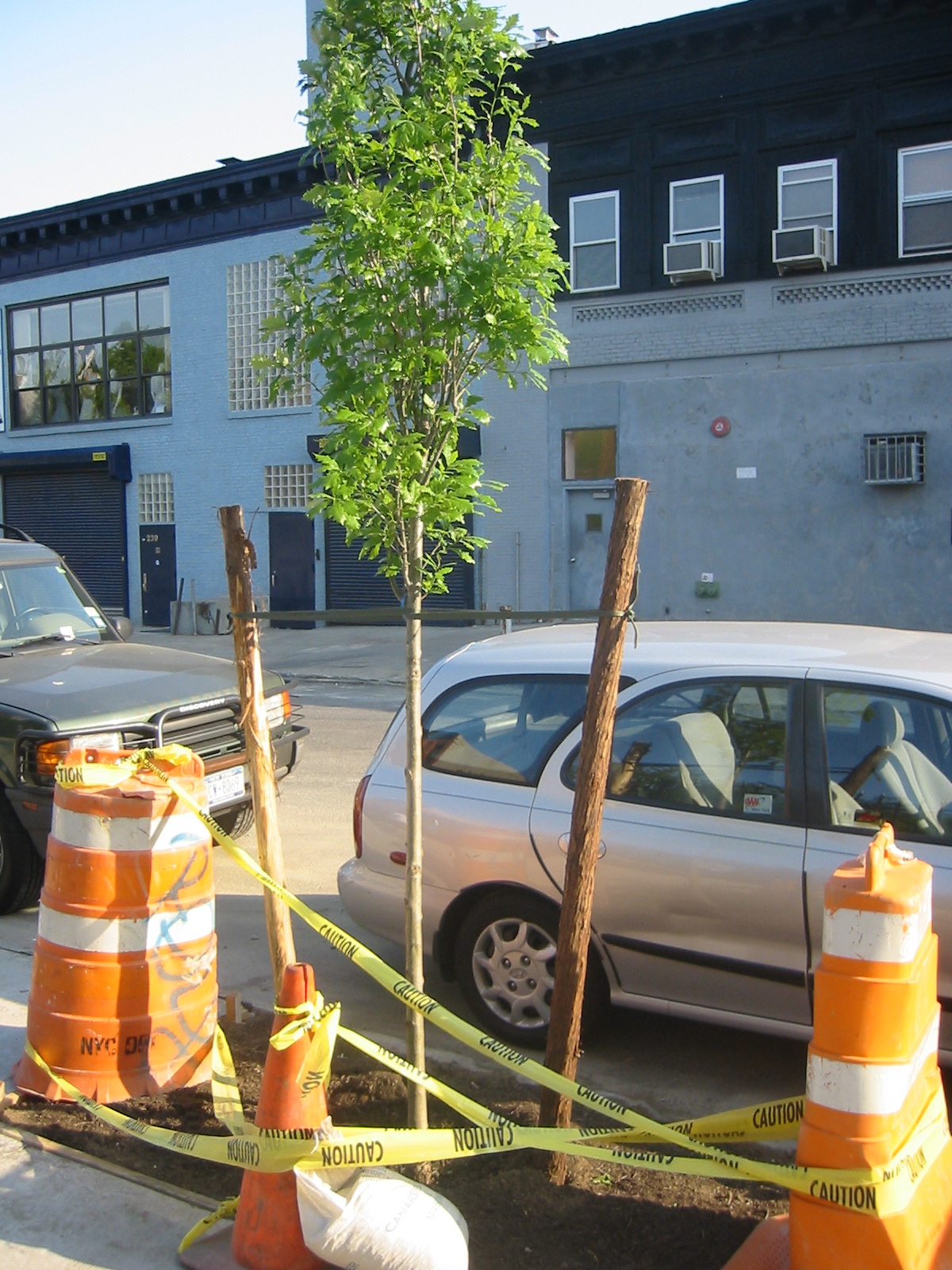 After participating in the Vibrant Cities & Urban Forests Task Force last week, we’ve been thinking a lot about the connections between TreeKIT projects and other urban forestry initiatives throughout the country. One link that keeps coming up involves research and scholarship around urban ecosystems.
After participating in the Vibrant Cities & Urban Forests Task Force last week, we’ve been thinking a lot about the connections between TreeKIT projects and other urban forestry initiatives throughout the country. One link that keeps coming up involves research and scholarship around urban ecosystems.
As a “citizen” or “street” science project, we aim to develop methods of collecting data on the urban forest that reflect ideas and insights in cutting-edge urban ecosystem research. So we’re very pleased to have come across this passage in a groundbreaking 2008 journal article on “community-based urban land management” by Erika Svendsen and Lindsay Campbell of the US Forest Service :
“…there remains a great deal of work to be done in the coordination of urban ecosystem management. This is not to suggest that all management in cities should be centralized, but [our] findings suggest the need to recognize and harness the degree of diversity, autonomy and effectiveness among public and private sector stewardship regimes.”
TreeKIT’s approach to measuring, mapping, and managing the urban forest draws deep inspiration from research projects like this one. Our aim is to develop an interactive, web-based map of street trees in New York City that helps volunteers, non-profits, and government agencies coordinate and collaborate without a central authority managing their work.
Interested in learning more? Send us your information and let us know if you’d be interested in mapping street trees in NYC this summer. We’ll need your help to build the kinds of maps we’re dreaming of!
